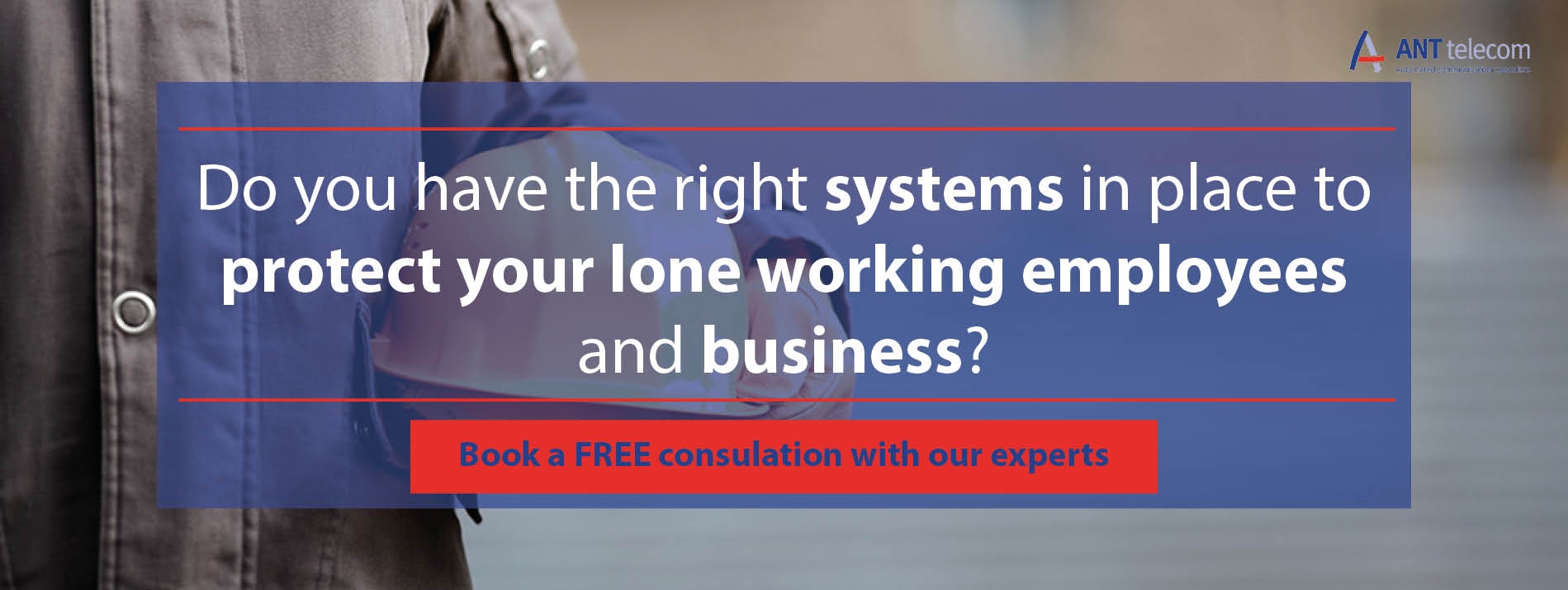
Audible alarms are handy in most situations. Your car alarm is perfect for scaring the would-be car thief away, and so is your home burglar alarm. The deafening ring of the building fire alarm sounders or the beeping of your nearly-invisible smoke detector serves a practical purpose. It's all well and good if you intend to be as loud as possible to warn of potential danger or protect your home from a burglar.
However, there are delicate situations where a quiet word of warning would be a better approach. Just like a stranger whispering in your ear, your fly is open; you don't want everyone to know. A silent alarm is preferable in such situations. In this blog, you'll learn about silent alarms, under the circumstances they are useful and what you need to know to specify the correct type of silent alarm for your business.
What Is A Silent Alarm?
A silent alarm is the opposite of an audible alarm. Instead of sending bells and sirens ringing, a silent alarm sends a discrete signal to a response team upon triggering. The design of a silent alarm is such that it triggers a different response in comparison to an audible alarm. Silent alarms are ideal for sensitive situations where an audible alarm may cause more harm than good. The purpose is to draw the attention of specific people without letting everyone in the vicinity know. You can find silent alarms at work within different settings, from your local bank, the jewellery store, pharmacies and nursing homes.
Silent Alarms At Work
Industrial Application
Now that you know what a silent alarm is, what type of applications might you use a silent alarm? It is common for employers to issue lone workers with special devices to help call for help in an incident at work. There are different types of lone worker devices, and the majority of them issue a discreet signal to a response team in the event of an incident.
Care And Support Sector
Care homes and other clinical setups dealing with vulnerable people also make use of silent alarms. For example, a support worker working in client homes will often carry the means of raising a silent alarm if they feel threatened. In such situations, a silent alarm is preferable because they can call for help without escalating the situation.
Education
Schools may also use silent alarms to keep students safe. A trespasser in a school may respond unpredictably to an audible alarm. However, a silent alarm will allow staff to take appropriate action without alerting the offender. In such a situation, a silent alarm also stops the students from leaving the building in a panic unnecessarily. Silent alarms may also take the form of warning beacons which are only visible to key people. When the alarm triggers, they will take appropriate action without causing a mass panic.
In some situations, a burglar might trip a silent alarm to give police time to respond and catch them in the act.
Public Services
Council and government office building are open to the public, and anyone can walk in off the street. It is increasingly common for employees to face verbal and even physical abuse in some cases. An audible alarm would be an inadequate solution for employees to ask for assistance with troublesome clients and could even elicit the wrong response.
For instance, it could result in armed police blocking off 3 streets, a helicopter called in, local businesses evacuated for their own safety. What for? Because the public official tripped a panic alarm when threatened etc. If the public official can only trigger “an alarm”, the response can only be the same, and it is better to be safe than sorry.
How To Escalate A Different Response
Silent alarms offer you the chance to tailor responses to different threats. Instead of relying on a single alarm mechanism which may result in a disproportionate response, a silent alarm gives you options.
Rather than a loud audible alarm which results in a full armed response, closed streets and evacuations, a silent alarm can alert a local response team within the premises. Local responders can assess the situation and decide if it warrants a larger response. If not, they can handle the situation quietly, and everything goes on with minimal disruption.
Harnessing the Power of Technology
Technology can play an important role in supporting both staff and the response team. Firstly users need devices capable of triggering alarms silently and secretly, like the Atlas SoS app and keyfob. Some handsets have two different alarm functions, like the Ascom DECT 81, which has a panic button and ripcord that can trigger different types of alarm messages to the response team. One alarm could elicit a discreet response, whereas the ripcord might signal more of a red alarm emergency and that help is required now to protect the user.
Technology can also help a response team listen-in so that they can hear what is going on at the scene. Knowing details of what is actually happening at the scene of the incident is really helpful as it helps the response set the correct priority level and act accordingly.
Assessing Silent Alarm Requirements
When it comes to silent alarms, no two businesses are alike. You might be in the same sector or industry, but the way you operate differs. Due to these differences, a cookie-cutter approach will not work when designing and implementing a discreet alarm system.
Careful planning and consideration need to go into the process of picking a system and a supplier too. An alarm is only a single aspect of staff and premises security protocol. Other things you may want to think about include:
- Who is the system designed to protect?
- Where does the alert info need to go, and what happens when it gets there?
- What other information does a response team require to act?
- What types of incidences do you want to use the silent alarm for?
The answers to all these questions will form part of your risk assessment and inform your approach towards the system's selection and design.
Why Choose A Whole-Of-Market Supplier
Now that you have a risk assessment and an understanding of what you need your silent alarm to achieve, you can begin to search the market for the right product or service. However, it's often the case that there is no black-box system that you can just plug in, and everything works perfectly.
That's where a company like ANT Telecom can help. ANT Telecom partners with various communication equipment manufacturers, including silent alarms, and can offer system design services.
A bespoke system can integrate with your existing communication software, hardware and procedures. This is essential to minimise the complexity of the system and promote easier adoption by staff.
Our experience and know-how provide us with the ability to assess your specific requirements. We then recommend the technology that provides the perfect fit based on different factors like user roles, the number of staff, risk level, location, current IT infrastructure, mobile network coverage, and budget.
Once we are confident we have the right solution for you, we can provide on-site demonstrations to put the system to a live test.
After a successful on-site demonstration, we then proceed to tweak the system if necessary. We also offer comprehensive user training, ongoing support and maintenance to ensure that you get the most out of your investment.
Silent Alarms and Your Business
If silent alarms are something that you are interested in, but you're not sure what technology is the best fit for you, why not give ANT Telecom a call? Our open, honest advice and our know-how of what is available will make it really easy for you to find and purchase the technology that is right for you.





